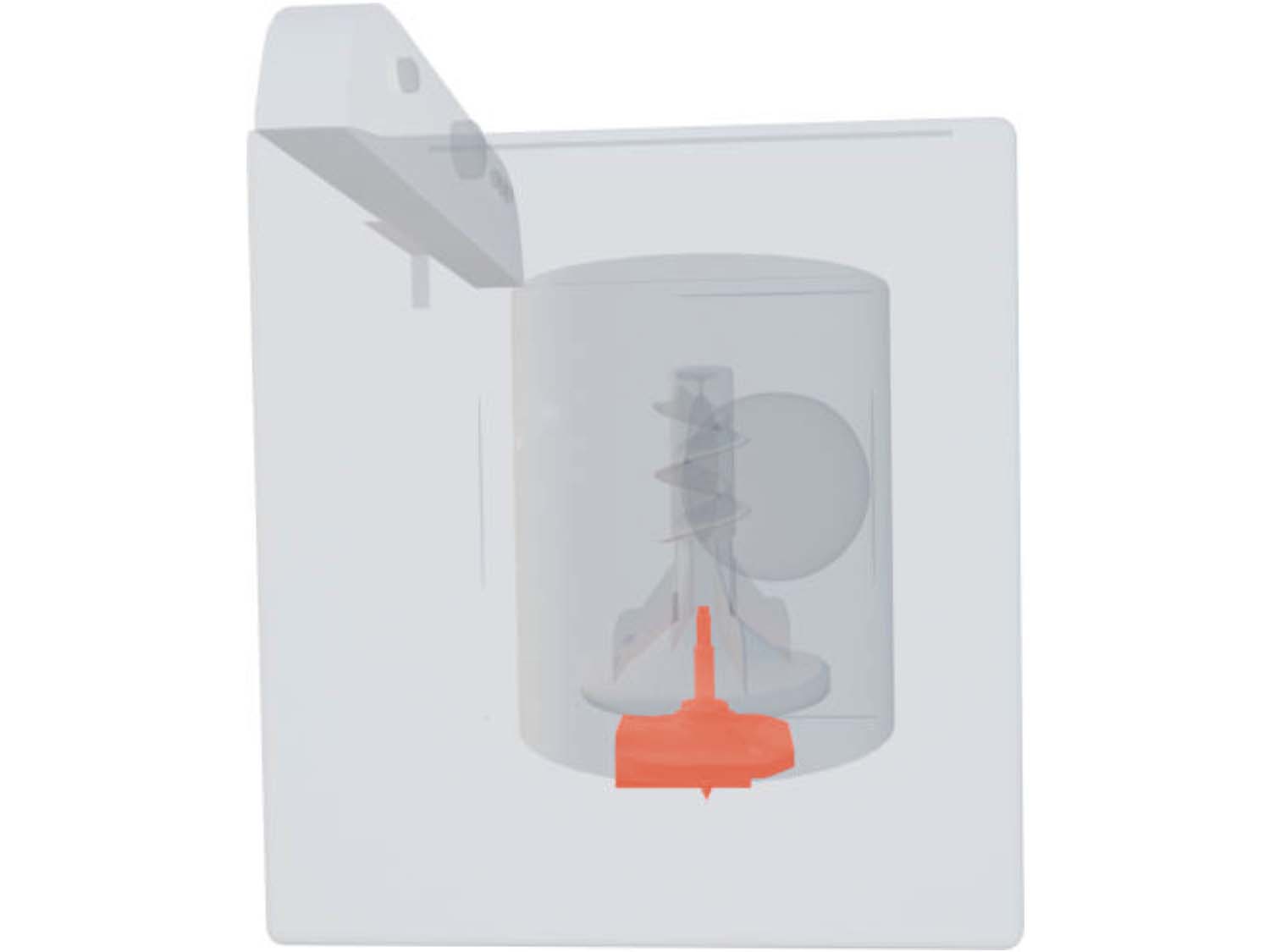How to Fix a Transmission for a Washer That is Noisy and Leave Marks on Clothes
If you notice a clunking noise when your washer is attempting to change cycles, there may be an issue with the transmission. This will most likely occur when going from the agitation to the spin cycle, as the transmission is responsible for that push and pull movement. You can use the information below to help you determine if the transmission is the cause of the noise coming from your washer. If you need to replace the transmission, we have instructional videos to guide you through the repair.
What is a Transmission and Where is it Located?
On a washing machine, the motor creates a rotating motion, and the transmission is what transforms that circular motion into the push-and-pull of the agitator. The input shaft of the transmission receives power from the motor via a belt, or sometimes directly. The output shaft is what powers the agitator.
General Location of the Transmission in a Washer

What Type of Noise Can You Expect?
A transmission can make a clunking noise if the different components are not engaging properly. You will most likely notice this sound when the machine attempts to switch from the agitate to the spin cycle.

How to Access, Remove, and Inspect the Transmission in a Washing Machine
- Before conducting inspections on your transmission, first ensure that your issue is not stemming from the agitator or any of its components. If you have ruled out the agitator, unplug your washer, remove the cabinet, and locate your transmission.
- Once you have located the transmission, plug your washing machine back in and run a wash cycle to determine if the transmission is the source of the problem. A faulty transmission will make strange noises during operation. Use caution when performing this step as the internal components of your dryer are exposed.
- If the transmission is noisy during this test, you need a replacement transmission.

How to Install a New Transmission
Rebuilding a transmission isn’t always practical here. It is often more practical to replace the complete unit if it is broken. Since the tub seal can be found where the transmission shaft enters the tub, you will probably need to get a new tub seal when you buy a new transmission.
- Take the transmission and insert the shaft through the seal. In some machines there may be a bearing and seal, in others just a tub seal will be present.
- Once in place, move the transmission into place over the bolt holes, and secure it to the tub using the screws/bolts. If your tub is plastic, it's worth noting that you should back your screw or bolt up counterclockwise a little bit until you feel it drop into the threads, before tightening it up. If you don't back it up first you risk cutting a new set of threads into that area of the plastic, weakening that area of your washer going forward.
- The remainder of your repair will involve re-installing the components you've removed per the access and removal instructions above, in the right order. Ensuring you've taken photographs and kept all components organized and together during disassembly will make this process much more straightforward.

Next: Troubleshooting the Snubber Ring
Go To Main Page: Noisy & Marks Left on Clothes




